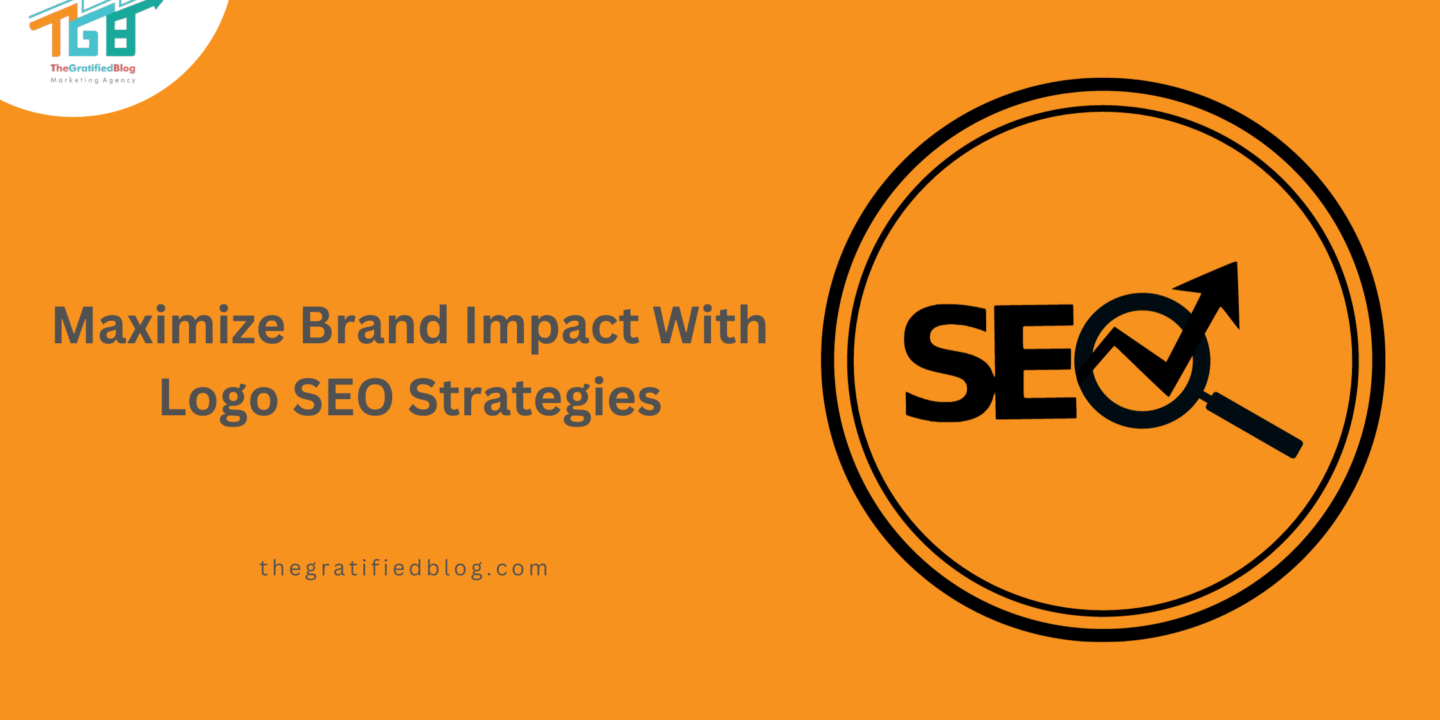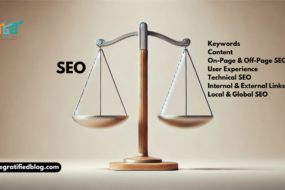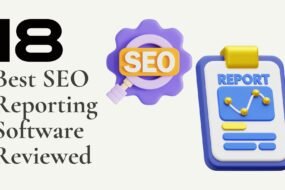
In today’s digital world, your company’s online appearance can be the key to its success. Everything about how your brand appears on the internet matters, from your social media profiles to how your website looks. But one thing people often forget about is your logo. It’s not just a pretty picture – it Assists in increasing the discoverability of your website on search engines for a broader audience. That’s what “Logo SEO” is all about – making your logo more visible online to attract more people to your website.
So, In this blog post, we will explore Logo SEO, its significance for businesses, the distinctions from conventional SEO, strategies to enhance your logo’s search engine performance and conclude with a straightforward summary.
However, Whether you’re a business owner looking to boost your website’s visibility or a marketer aiming to optimize every aspect of your online strategy, join us as we unlock the potential of Logo SEO and its profound impact on your brand’s online success.
So, let’s get started;
Understanding Logo SEO
What is Logo SEO?
Logo SEO, short for Logo Search Engine Optimization, Represents a distinct subset within the realm of search engine optimization (SEO) that focuses on optimizing your company’s logo for better visibility and discoverability in search engine results.
Why Is Logo SEO Important For Businesses?

Logo SEO is of paramount importance for businesses in the digital age. Here are a few reasons why it matters:
- Brand Visibility: A well-optimized logo can increase your brand’s visibility in search. When users look for your brand or associated keywords, possessing your logo appears prominently and reinforces brand recognition.
- Enhanced User Experience: A logo that ranks well in search results provides a more engaging and user-friendly experience. Users can quickly identify your brand and trust your website more when they see your logo in search results.
- Competitive Advantage: Implementing Logo SEO can give your business a competitive edge. If your competitors’ logos are not optimized, your logo’s visibility can set you apart.
- Consistency: A logo that consistently appears in search results, along with your website and other online assets, reinforces brand consistency, making your brand appear more professional and reliable.
- Improved Click-Through Rates (CTR): A recognizable logo can lead to higher CTRs in search results, Attracting additional traffic to your website and boosting conversions.
How Does Logo SEO Differ from Traditional SEO?

Logo SEO differs from traditional SEO in several key ways:
- Focus on Images: Traditional SEO primarily focuses on optimizing textual content on web pages. In contrast, Logo SEO optimizes image files, such as your logo, to ensure they appear in image search results.
- Metadata and Alt Text: Logo SEO strongly emphasizes optimizing metadata and alt text for images, enabling search engines to assist in grasping the content and context of your logo.
- Branding and Recognition: While traditional SEO aims to rank web pages for specific keywords, Logo SEO focuses on enhancing brand recognition by ensuring your logo appears consistently in search results.
- User Experience: Logo SEO is closely tied to user experience and trust-building. A well-optimized logo in search results can enhance user engagement and trust in your brand.
Now that you understand Logo SEO well, let’s dive into making your logo work better in search engines, which we’ll call “Improving Your Logo for SEO.”
Optimizing Your Logo For SEO

When it comes to Logo SEO, the process of optimizing your logo goes beyond aesthetics. It’s about ensuring search engines can effectively crawl and index your logo image for better visibility. Here are vital aspects to consider:
Selecting The Right File Format For Your Logo
Choosing the appropriate file format is crucial for Logo SEO. Opt for formats like PNG, JPEG, or SVG based on your logo’s complexity and use case. PNG and JPEG are common choices for photographs and logos with intricate details. SVG (Scalable Vector Graphics) is ideal for logos with simple shapes, allowing for resolution-independent scaling and smaller file sizes.
Choosing The Appropriate Dimensions And Resolution

Size matters in Logo SEO. Ensure your logo’s dimensions are appropriate for different screen sizes and devices. A responsive design approach ensures your logo looks good on both desktop and mobile. Additionally, use a high resolution (e.g., 300 DPI) to maintain clarity and prevent pixelation when scaling your logo.
Naming Your Logo File Strategically
Give your logo file a name that reflects your brand and includes relevant keywords. This helps search engines understand the content of the image. Avoid generic names like “logo.png” and use something like “brand name-keyword-logo.png” to improve SEO.
Adding Metadata And Alt Text
Metadata and alt text are essential for describing your logo to search engines and users with visual impairments. Write a concise and descriptive alt text that includes your brand name and relevant keywords. In metadata, include information like the author, copyright, and a brief description to provide context to search engines.
Optimizing The Logo File Size
File size impacts website load times, which, in turn, affects user experience and SEO ranking. Compress your logo image to reduce its file size while maintaining quality. Use image compression tools to balance image clarity and loading speed. Smaller file sizes lead to faster page loading, which search engines favor.
Incorporating these Logo SEO best practices ensures that your logo looks appealing and contributes to improved search engine visibility, ultimately helping your brand stand out online.
Conclusion
Now that you are familiar with logo SEO, why don’t you utilize the power of logos in your SEO? Start implementing it today and see what results it can drive your SEO.
If you still have any questions related to the blog, feel free to leave them in the comment section. We will be happy to answer you.
Thanks for reading 🙂
Also read: How SEO For SaaS Is Important?, and
Top SEO Audit Tools You Need To Drive Traffic








No Comments